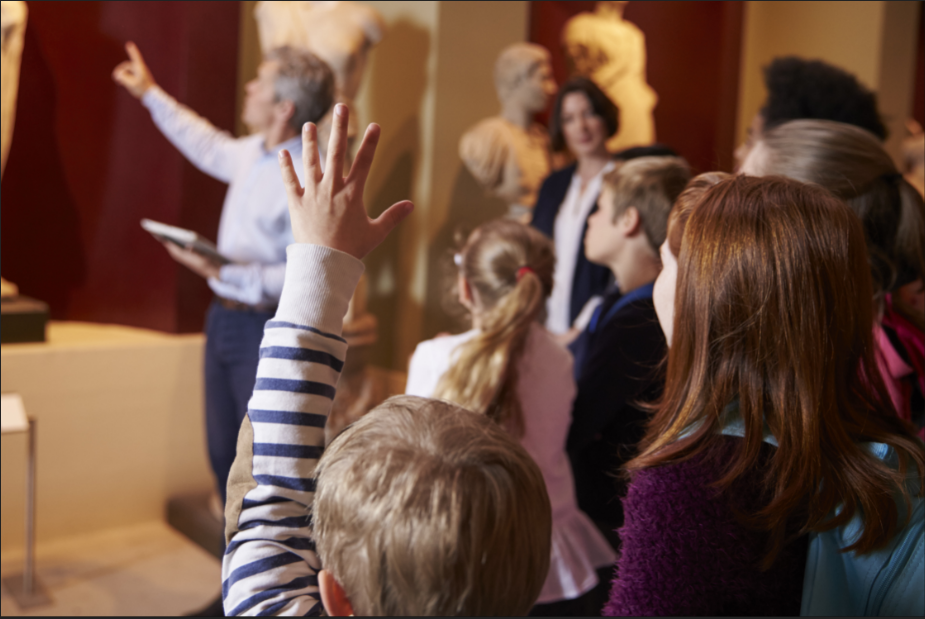PART A_1
We will read aloud the words below. Please repeat after me. I will check your pronunciation.
単語を音読します。講師に続いて読みましょう。講師は発音を確認します。
(Please send the mispronounced words and expressions to your student.)
PART A_2
| statue | 像 |
| cruel | 残酷な |
| truth | 真実 |
| destroy | 破壊する |
| emergency | 危機 |
| method | 方法 |
PART A_3
Now, let’s review some words from part A_2.
ではいくつかの単語を復習してみましょう。
(Please review the mispronounced words and expressions from part A_2.)
PART A_4
PART A_5
Now, please look at the picture below. Please describe 3 people.
以下の写真を見てください。3人の人物が何をしているか描写してみましょう。
PART A_6

| 1. | . | |
| 2. | . | |
| 3. | . |
PART A_7
Now, let’s review some words from part A_6.
ではいくつかの単語を復習してみましょう。
(Please review the mispronounced words and expressions from part A_6.)
PART A_8
PART B_1
Please read aloud the passage below. I will check your pronunciation and intonation.
文章を読みます。講師が発音、イントネーションについて確認します。
(Please send the mispronounced words and expressions to your student.)
PART B_2
The Five-Storied Pagoda of Kofukuji Temple is located in Nara Park. It was built by the Fujiwara family in the year 710. The temple is considered as one of the “Four Great Temples” of Nara. The Kofukuji National Treasure Museum stands in its temple grounds where people can find the Ashura, one of the best-known Buddhist statues in Japan.
In the year 734, Empress Komyo established a hall that consists of 28 statues to remember her mother. One of them is the Hachibushu, the protectors of Buddha. Some stories say that Ashura was a cruel warrior. However, a few years later, he woke up and saw the truth. So, he repented and became a protector, too.
Over the centuries, many of the buildings and statues at Kofukuji Temple have been destroyed by fire, war, and natural disasters. Still, Ashura, along with other Hachibushu, have survived. It is known that one of the reasons for their survival is that they are very light. So, they could be easily carried out in times of emergency.
To build these light statues, they used the dakkastsu kanshitu method which means dry lacquer. It was introduced by a Korean artist who is also believed to be the creator of Ashura.
PART B_3
Now, let’s review some words and sentences from part B_2.
ではいくつかの単語、文章を復習してみましょう。
(Please review the mispronounced words and sentences from part B_2.)
PART B_4
PART B_5
I will ask the following questions. Please answer based on the passage. I will check if your sentences are complete and if the grammar is correct.
講師が以下の質問をします。読んだ内容をもとに答えましょう。講師は文法と完全な文章で答えられているかを確認します。
(Please send the sentences that need grammar corrections to your student.)
PART B_6
| 1. | Where is the Five-Storied Pagoda of Kofukuji Temple located? | |
| Answer: | . | |
| 2. | What is one of the best-known Buddhist statues in Japan? | |
| Answer: | . | |
| 3. | What happened in the year 734? | |
| Answer: | . | |
| 4. | What method did they use to build light statues? | |
| Answer: | . | |
PART B_7
Now, let’s review your answers.
では、あなたの答えを復習してみましょう。その後、修正したあなたの答えを読んでみましょう。
(Please review your student’s answers by sending the correct answers in complete sentences. After that, ask your student to read aloud his or her corrected answers.)
PART B_8
PART C_1
Please choose a word to complete each sentence. Then, read aloud the sentences.
言葉を選んで文章を完成させましょう。そのあと音読しましょう。
PART C_2
truth
emergency
statue
cruel
method
| 1. | We made a ________ out of wood. |
| 2. | Please don’t be ________ to animals. |
| 3. | She always tells the _______. |
PART C_3
Now, let’s review some words from part C_2.
ではいくつかの単語を復習してみましょう。
(Please review the mispronounced words and expressions from part C_2.)
PART C_4
PART D_1
Please answer the following question. I will check if your sentences are complete and if the grammar is correct.
講師が質問しますので答えましょう。講師は文法と完全な文章であるかを確認します。
PART D_2
| 1. | Is there a temple in your hometown? |
| Answer: | |
| 2. | What is the most popular hometown in your country? |
| Answer: | |
| 3. | How often do you visit a temple? |
| Answer: | |
| 4. | What is your favorite temple to visit? |
| Answer: | |
| 5. | Do you think people should always visit temples? |
| Answer: | |
PART D_3
Now, let’s review your answers.
では、あなたの答えを復習してみましょう。その後、修正したあなたの答えを読んでみましょう。
(Please review your student’s answers by sending the correct answers in complete sentences. After that, ask your student to read aloud his or her corrected answers.)
PART D_4